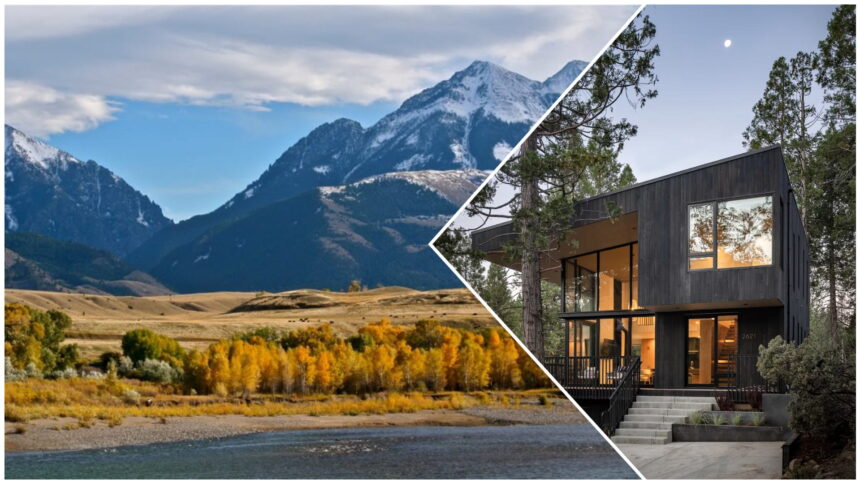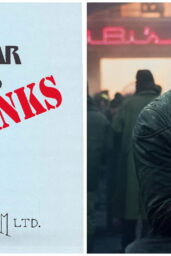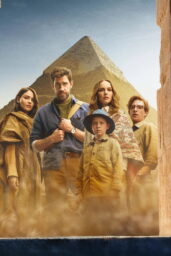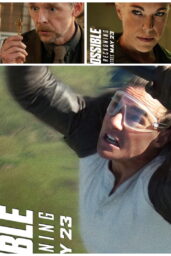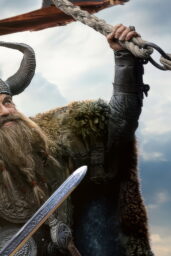Nothing prepared Montana for the “Yellowstone” effect—except maybe a gold rush, but with more Instagram filters and fewer pickaxes. Taylor Sheridan's hit series didn't just boost TV ratings; it turned the state's wild beauty into a living, breathing set piece for millions of would-be cowboys and capitalists. The result? A boom that's both blessing and curse, with ripples that reach far beyond the Dutton ranch.
Here's the uncomfortable truth: The show's gritty, anti-corporate message is being trampled by the very stampede it inspired. Since “Yellowstone” debuted, Montana's tourism industry has exploded. Visitor spending in regions featured on the show jumped 15%, pumping an extra $200 million into the local economy between 2018 and 2024. In 2021 alone, more than 2 million visitors credited the series for their trip, dropping $730 million and supporting over 10,000 jobs. Small towns like Bozeman and Paradise Valley have seen visitor numbers soar by up to 31%.
But there's a darker side to this Hollywood-fueled gold rush. Ranch land prices near Yellowstone have skyrocketed—up 28% between 2020 and 2025, with properties in the show's orbit fetching 20-30% premiums over similar land elsewhere. That's not just a stat; it's a seismic shift. Locals are being priced out, and the influx of wealthy buyers is transforming rural communities into playgrounds for the ultra-rich. The “Yellowstone effect” has turned authentic ranching culture into a commodity, with vacation rentals up 47% and new tourism businesses sprouting like wildflowers after a rainstorm.
And what about the land itself? Like a Netflix binge gone wrong, the surge in visitors is straining the very wilderness that drew them in. Yellowstone National Park has seen a 20% spike in visitation since the show's debut, forcing officials to scramble for crowd-control solutions. Wildlife migration patterns are disrupted, habitats are squeezed, and conservationists warn that the region's natural wonders are being “loved to death”. Sure, some good has come—membership in local environmental groups is up 15%, and eco-friendly business certifications are on the rise—but the scale of the challenge dwarfs these efforts.
Historically, this isn't the first time pop culture has upended a landscape. Think “Twin Peaks” and the Pacific Northwest, or “Game of Thrones” and Croatia's tourism boom. But Montana's case is unique for its speed and the sheer scale of transformation. Unlike earlier booms, this one's fueled by a show that actively critiques the very forces now reshaping the region: unchecked development, rising inequality, and the commodification of nature.
So, would you risk Montana's wild soul for a selfie on the Dutton porch? The “Yellowstone” phenomenon is a masterclass in irony—TV cowboys fighting to save the land, while real-world capitalists buy it up acre by acre. If that doesn't convince you to rethink the price of fame, check your pulse.

